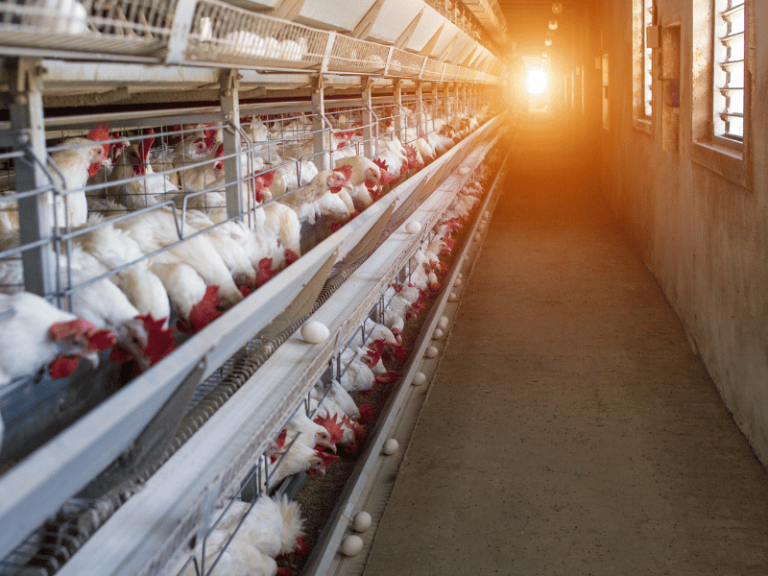“This hen will lay eggs; that hen definitely won’t!” Experienced farmers can come to such conclusions just by observing the chickens’ activities on the ground. Their method of identification is simple: they look at whether the chicken’s “face” is red and if it has a special clucking sound.
Why do hens with red “faces” lay eggs? It turns out that the skin on a hen’s “face” is different from that of other parts of its body. The “face” is full of blood vessels. When a hen is not laying eggs, the blood circulation in its “face” is not very strong, so it appears rather shriveled. When the hen starts laying eggs, the skin on its “face” and comb is affected by endocrine hormones, causing the blood circulation to become particularly vigorous. The comb enlarges, and the “face” begins to look plump and lively. After countless years of observation, it has been noted that when a hen’s “face” turns red, it also starts laying eggs. This indicates that its reproductive system functions have been adjusted, and the signal is shown in the “face”. When the pale “face” turns bright red, it means the hen is about to lay eggs.
However, some hens do not have bright red “faces” yet still lay eggs. This mostly happens in the later stages of egg-laying or with high-yield hens that have already laid many eggs and are showing signs of fatigue.

